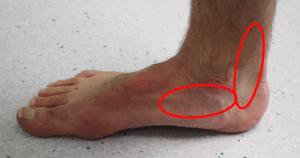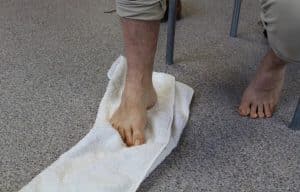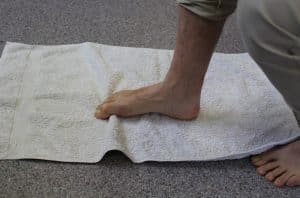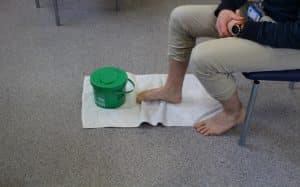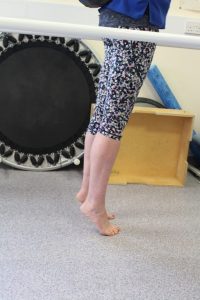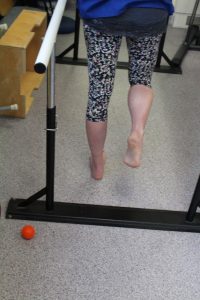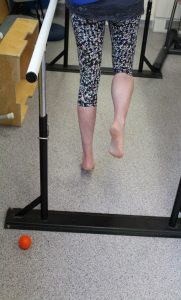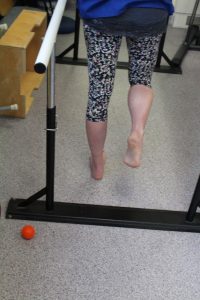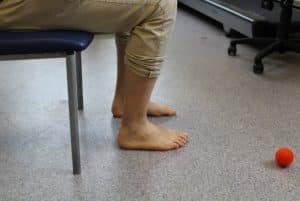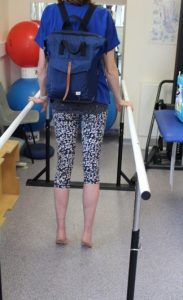Surgery
Surgery is only considered when all other treatments have not worked. Not everybody will be a suitable candidate for surgical intervention so this can be discussed with a health professional.
More than one type of surgery might be offered depending on your foot condition and foot functionality to get the best outcome. It can involve tendon repair, transfer of the tendons in the foot, ligament repair, osteotomy (re-alignment) of the heel bone or a hindfoot fusion in some cases.
There are risks to foot and ankle surgery:
Off-work: There will be a requirement to elevate your foot and rest non-weight bearing then semi-weight bearing.
Infection: The act of surgery is invasive which is also a risk to infection. In some cases, this can delay healing and will require antibiotic treatment.
Delayed Healing: If the blood supply is not so good or you have poor health this might affect healing time. Smoking has been shown to affect healing to bones and soft tissues.
Blood Clots: A small risk of developing a blood clot after foot surgery. Following the pre and post-operative advice will help reduce this risk.
Scarring: Any type of surgery will leave a scar. Occasionally this can cause pain and irritation. If this happens, please discuss this with your consultant.
Metalwork: Occasionally screws or plates can cause pain after surgery. If this is the case, please discuss your concern with your consultant as it may be possible to remove the metalwork once the tissues have healed.
Swelling and Stiffness: The foot can swell as a response to surgery and as part of the healing process. It can take up to six months for swelling to completely settle in some cases. Although in some cases post-surgery there may be increased stiffness in the foot.
Numbness: Can exist in the surgical site if there has been disruption to a nerve.
Chronic Regional Pain Syndrome: Surgery can sometimes result in a swollen, painful and highly sensitive foot. This can be challenging to manage and often patients will be referred to the pain clinic for support.
